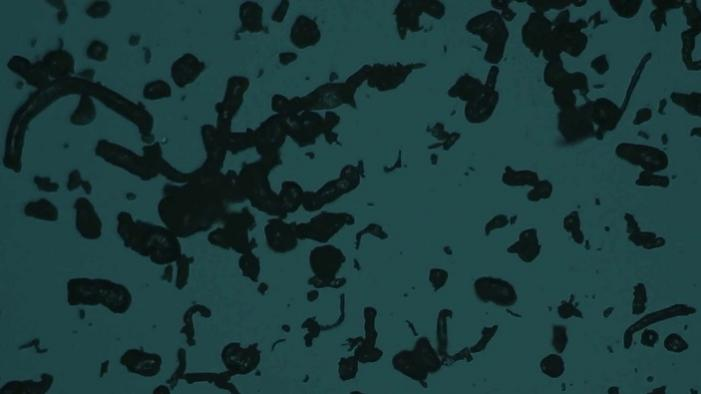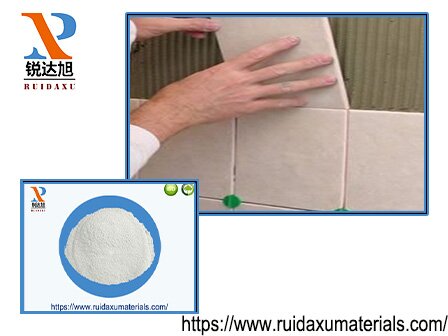HPMC basic indicators, characteristics and Common adulteration methods and identification methods
At present, there is a problem of uneven quality in the domestic hydroxypropyl methyl cellulose (HPMC) market, which brings great trouble to the choice of customers. Imported modified HPMC after years of research, by adding trace substances to improve construction performance, improve operability, although it will affect some performance, but generally efficient. The domestic production of HPMC due to the addition of a large number of other ingredients, the purpose is to reduce costs, resulting in the product’s water retention, adhesion and other properties are greatly reduced, resulting in many construction quality problems.
Difference between pure HPMC and adulterated HPMC
1. Visual status and feel:
– Pure HPMC: fluffy, low packing density (0.3-0.4g/ml).
– Adulterated HPMC: better fluidity, feel heavy, and the appearance of pure products is obviously different.
2. Aqueous solution state:
– Pure HPMC: the aqueous solution is clarified, the light transmittance is high, and the water retention rate is ≥97%.
– Adulterated HPMC: the aqueous solution is cloudy, and the water retention rate is difficult to reach 80%.
3. Smell:
– Pure HPMC: no ammonia, starch and alcohol taste.
– Adulterated HPMC: may have various tastes, even if tasteless, feel heavy.
4. State under the microscope:
– Pure HPMC: fibrous.
– Adulterated HPMC: granular solid or crystal.

Debate on the production of high viscosity HPMC
Some domestic experts believe that due to the poor tightness of the equipment, the slurry process and the limitations of low-pressure production, ordinary enterprises can not produce HPMC products with more than 200,000 viscosities, especially in the summer can not even produce products with more than 80,000 viscosities. This view holds that the 200,000 viscosity products on the market must be fake products. This argument makes some sense, as it is indeed difficult to achieve such viscosity levels under previous production conditions.
The key to the production of high viscosity HPMC is the high sealing and high pressure reaction of the reactor, as well as high-quality raw materials. The high sealing can avoid the degradation of cellulose by oxygen, and the high pressure reaction conditions can promote the penetration of etherifying agents into the cellulose to ensure the uniformity of the product.
200000cps HPMC basic indicators and characteristics
– Basic indicators:
-2% aqueous solution viscosity: 200000cps
– Product purity: ≥98%
– Methoxy content: 19-24%
– hydroxypropoxy content: 4-12%
– Features:
1.Excellent water retention and thickening performance to ensure that the slurry is fully hydrated.
2.High bond strength and significant air entrainment, effectively inhibit shrinkage and cracking.
3.Delay the heat release of cement hydration, delay the setting time, and control the operational time of cement mortar.
4.Improve the water consistency of the pumped mortar, improve rheology, prevent segregation and bleeding.
5.For high temperature construction environment in summer, ensure efficient hydration of slurry and no stratification.

Common adulteration methods and identification methods
1. Cellulose ether with amide:
– Identification method: Due to the characteristics of amide, this cellulose ether solution will appear wire drawing phenomenon, and good cellulose ether after dissolution will not appear wire drawing phenomenon.
2.Add starch cellulose ether:
– Identification method: Drop iodine into cellulose ether solution, the color turns blue can be considered to have added starch.
3. Cellulose ether with PVA powder:
– Identification method: This kind of cellulose ether is often granular and dense. Quickly dissolve with water, pick the solution with a glass rod, and there will be a more obvious wire-drawing phenomenon.
The water retention of cellulose ether is the key property, no matter what kind of filling material is added, as long as a large amount of it, the water retention will be greatly reduced. The content of normal 100,000-viscosity HPMC in ordinary mortar is 0.15~0.2‰, and the water retention rate is > 88% is no problem, while the water retention rate of inferior cellulose ether may not reach 88% even if it is added to 0.3‰, and the mortar is often more serious. Therefore, the water retention rate is an important indicator to measure the merits and demerits of HPMC, which can be clearly distinguished by adding mortar in practical applications.

